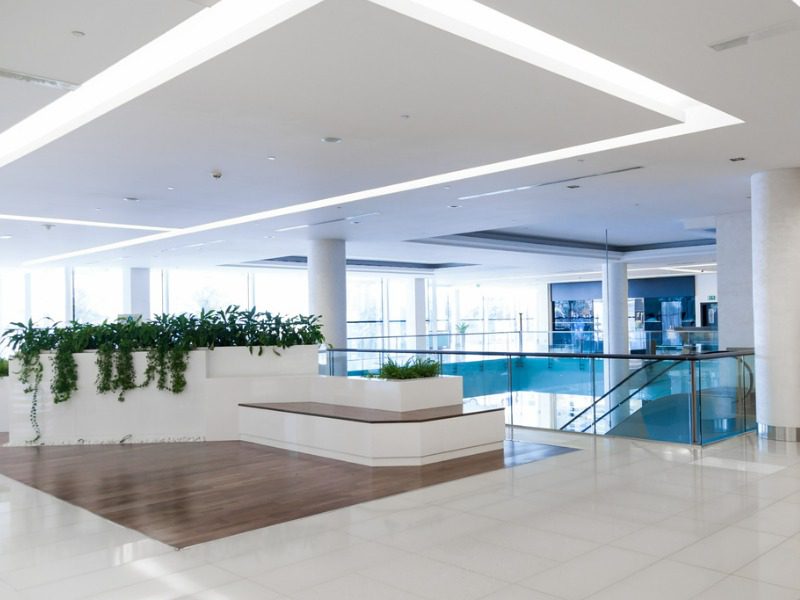What downtown ghost towns mean for commercial coverage

Vaccines have blunted the worst edge of COVID-19, and that has employers urging workers to come back to pricey office space in Canada’s downtowns – if only once or twice a week.
But a high percentage of office workers aren’t jumping at that chance, which means retailers, restaurateurs and owners of the commercial sites those businesses occupy may continue to reel from reduced foot traffic.
And yet, slow business notwithstanding, those commercial assets must still be protected, which is why insurance brokers haven’t seen significant changes to coverage.
“There are still commercial general liability policies [in place] for the legal liability, for bodily injury or property damage that may occur to third parties on premises,” said Dorothy Aarons, senior vice president and senior account executive at Aon’s Risk Management Practice.
“Property insurance is still necessary for any direct damage to physical property or business interruption.”
This, despite downtown streets, and walkways through underground path systems connecting office towers in many Canadian cities, revealing dozens of closed storefronts and eateries.
“There are retailers where the owners have retired and weren’t able to incentivize another businessperson to take over that business after looking at their projected revenues,” Aarons said. “Anticipating foot traffic where the percentage of people returning to office is about 50% is not very encouraging.
“So those business owners, most of whom are tenants who’ve had to retire and close instead of selling the business operations, are cancelling their policies.”
Inflation’s impact
Restaurants, meanwhile, face rising food and labour costs, which, combined with fewer walk-ins, can make remaining open difficult.
“Some have closed and…taken advantage of the fact that their leases are expiring. So, they are going to be cancelling coverage that is no longer relevant,” said Aarons.
To survive, many restaurants that depend on office traffic have shortened hours – serving lunch or dinner only. But those changes don’t reduce owners’ need to insure their assets.
“They still have their infrastructure…their equipment in place. If there’s a fire, they need to have protection against the potential extensive damage to property and financial loss. They still need to have liability coverage if there is a slip and fall on the premises,” Aarons said. She added that, regardless of whether one person or 20 walk into a shop or restaurant, a single slip and fall can be costly.
Owners of vacant properties, meanwhile, should understand brokers are obliged to alert insurers about empty structures because of risk profile changes.
“There are unique hazards because…you don’t have people there day-to-day doing maintenance activities,” said Aarons. “The potential to detect things like gradual water leaks or exposed electrical wiring is much lower.”
Owners likewise have liability in the event of criminal activity, including arson, at vacant buildings.
“Though the tenants vacated the property, it must not by any means be left unattended and remains the responsibility of the building owners. This means insurance must be in place, risk prevention measures must be in place,” Aarons added.
“Policy terms and conditions pertain to vacancy and those must be followed. Many policies state that after 30 days the insurance company may choose not to insure vacant properties under that policy, but to transfer the asset to a vacant property policy – which is typically more costly.”
This story is excerpted from one that appeared in the May print edition of Canadian Underwriter. Feature image by iStock.com/serts




